Made for minds: China turns cities into sponges to stop flooding
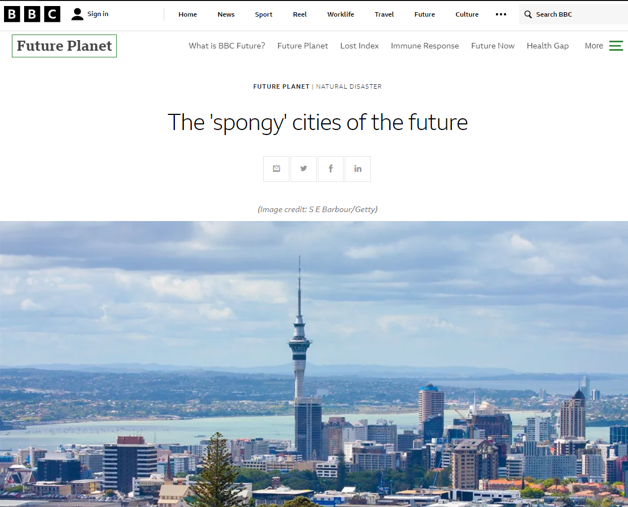
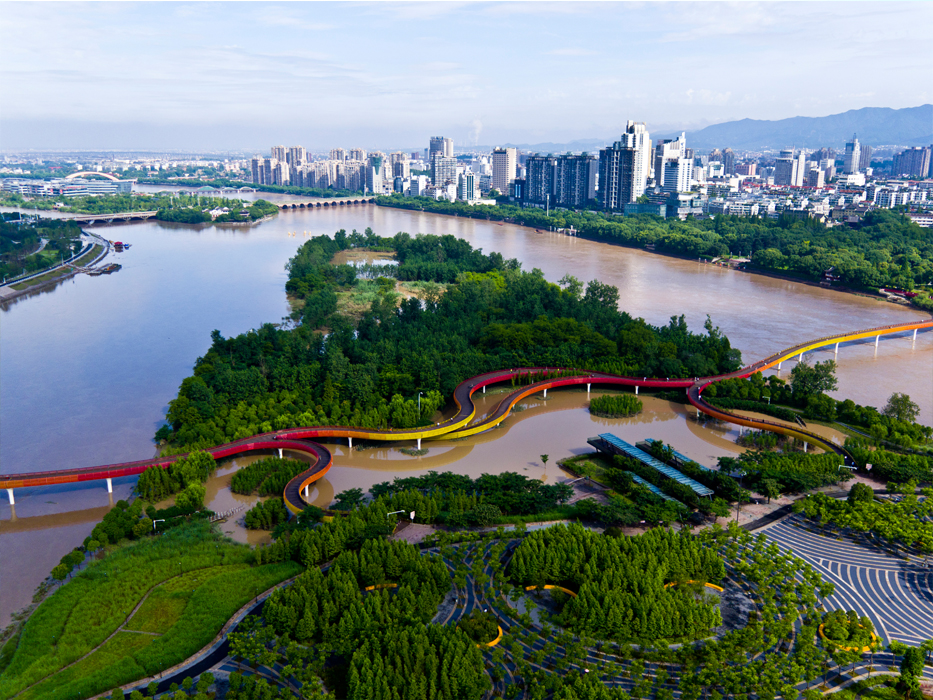 Sponge cities are designed to absorb water into the ground, instead of chaneling it away as quickly as possible
Sponge cities are designed to absorb water into the ground, instead of chaneling it away as quickly as possible
Faced with worsening urban floods, cities in China are embracing nature and building what are termed "sponge cities."
Instead of relying on the "gray infrastructure" of levees, pipes, dams and channels, sponge cities allow urban areas to absorb water in times of high rainfall and release it in times of drought.
These concepts could be used in cities across the world to combat flooding, absorb carbon dioxide, increase animal and plant life, and expand green spaces.
Kongjian Yu, dean of Peking University's College of Architecture, pioneered research into sponge cities, and has spent more than 20 years campaigning for their adoption in China.
He says the current approach of building vast concrete barriers and covering all permeable surfaces is doomed to fail and instead cities should adopt nature-based solutions to flooding.
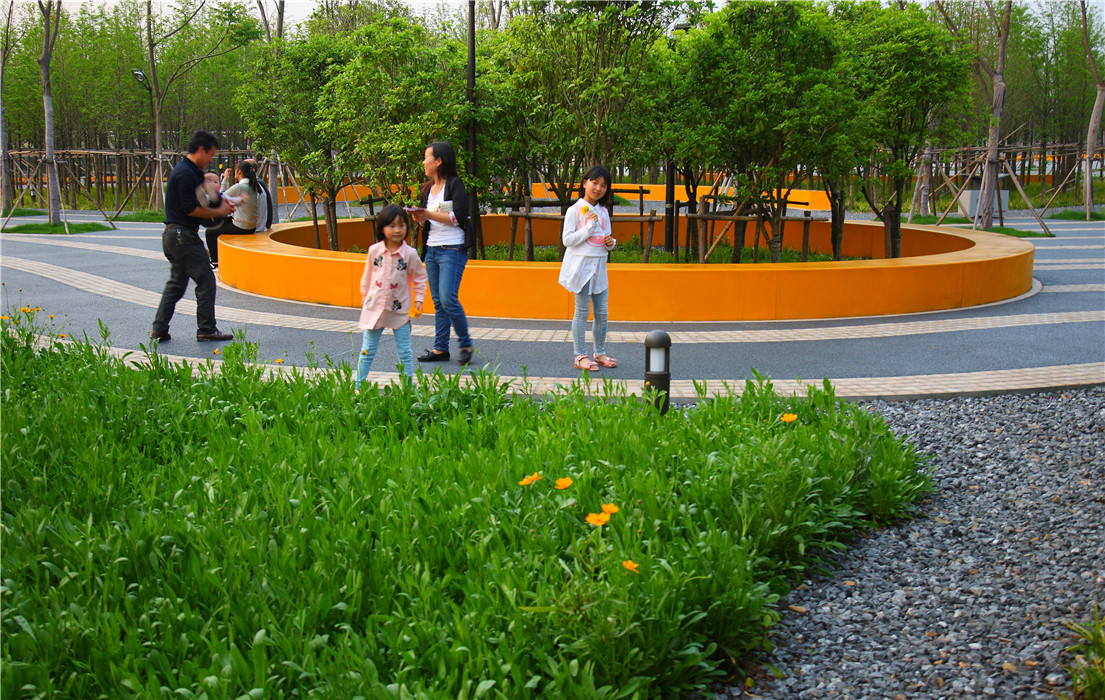
Permeable surfaces like this one allow water to seep into the ground
An adaptable solution
The issue was thrust into the spotlight when flooding swamped Beijing in 2012, crippling the city and killing scores of people. Floods there and in other developing countries, such as India and Bangladesh, have been blamed on rapid urbanization and the destruction of wetlands, which are natural sponges that trap and release water slowly.
Yu says tropical cities were mistaken in implementing the same water-management systems that were developed in the mild climates of Europe, arguing they can lead to catastrophic damage.
His ultimate vision is a city devoid of gray infrastructure, with wetlands, green areas, permeable surfaces, widespread vegetation, winding creeks, open areas next to roads, and floodplains.
In 2013, Yu's ideas were adopted by the Chinese Central Government and the plan was rolled out to 30 cities. After successful trials, cities are now obligated to build sponge city elements, with authorities hoping to turn 80% of urban areas into sponges by 2030.
The basic tenets
The basic principle of sponge cities is to give water enough room and time drain into the soil where it falls, rather than channeling it away as quickly as possible and sequestering it in huge dams.
Instead of building fast-flowing water channels, sponge cities slow down the water in meandering streams without concrete walls and with room to spread out during heavy deluges.
Yu says replacing the concrete infrastructure can end up saving lives.
"Not only in China, but also in America, you see that failed dams kill a huge amount of people. And that's because you have a dam, not because you don't have a dam," he told DW. "Even when you have a bigger system, a much thicker, stronger pipe system, it will still fail after 10 years or even after one year," he said. "It's not an adaptive solution, it's fighting against nature."
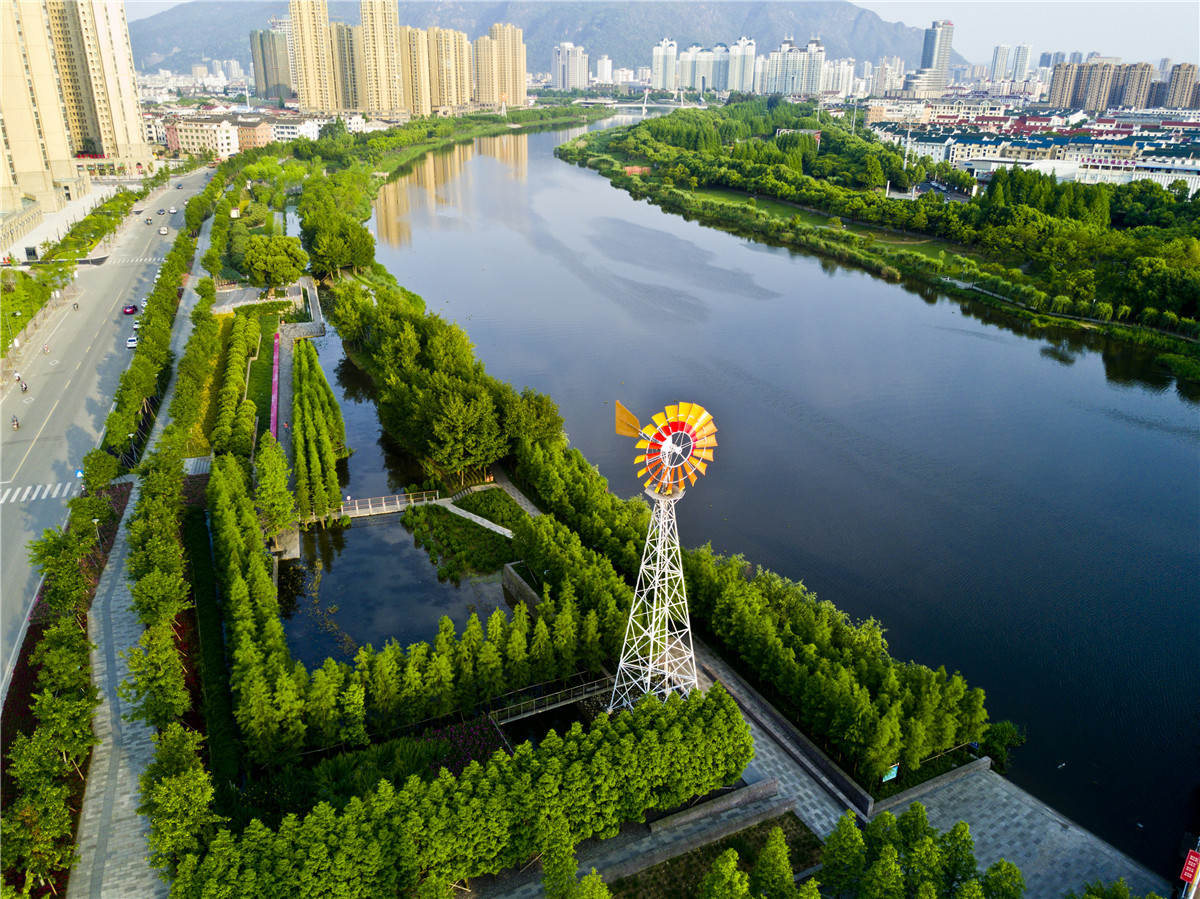
Sponge cities rely on natural waterways that meander and slow down water
Cleaning water
The natural waterways and permeable soils employed in sponge city designs ideally clean water and reduce pollution.
Rainwater can evaporate and cool the city. And, in theory, it can also be used in the water supply system for things such as irrigation and street cleaning, and reducing tap water consumption.
Yu says vegetation, sediments and microorganisms in sponge city water systems could eventually replace a lot of energy-intensive urban water filtration systems, or least reduce the burden on them.
Stopping floods
Yu claims that if 1% of land is allocated to water drainage, then most flooding will be stopped. In the case of biblical, 1-in-1000-year floods, 6% of land allocated to water drainage would be enough to stop the damage, Yu says.
And when floods do occur, cities should be prepared by constructing buildings in such a way that allows for water levels to rise sometimes, he adds.

Wetlands help fight climate change and preserve biodiversity
Fight climate change
As climate change worsens, so too do catastrophic weather events. These bring even more unpredictable rainfall to cities and risk overwhelming current systems.
But proponents of sponge cities say that as well as being a good way to react to climate change, they are also a good way to fight it.
Sponge city infrastructure requires much less energy to maintain when compared to gray infrastructure. It reduces the load on water treatment facilities, while heat reduction effects cut reliance on air conditioning. Construction requires fewer resources, including less concrete. And sponge cities contain large green spaces that absorb carbon dioxide.
If they were adopted across the world, proponents say this could make a real difference to climate change, reducing global flood risks.
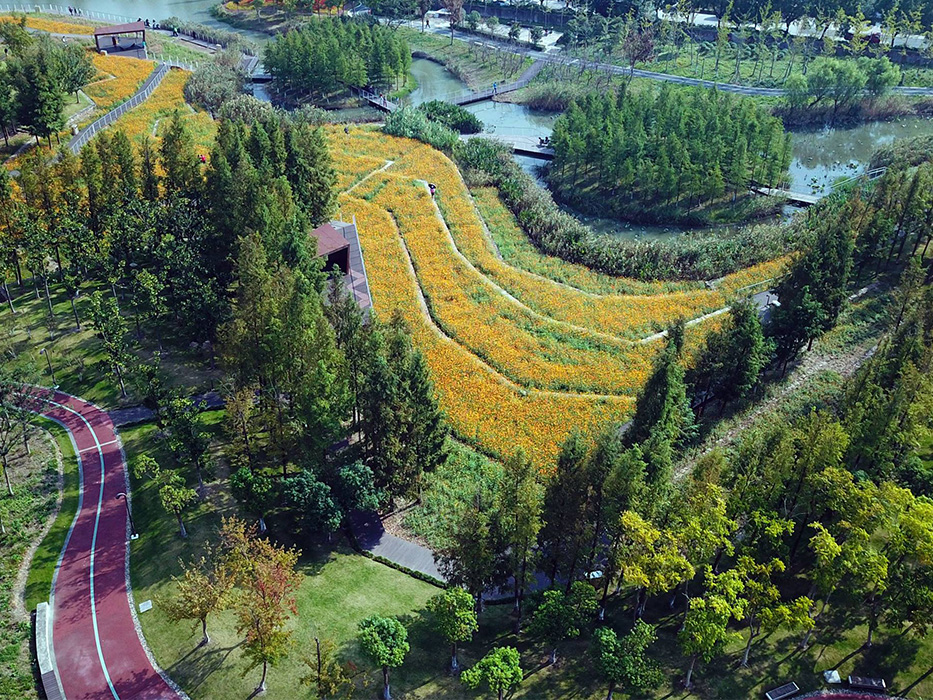
Green spaces that absorb water double as large recreational areas
Biodiversity and recreation
These green spaces also have the benefit of promoting biodiversity — the loss of which is one of the key threats facing humanity alongside climate change.
As wetlands and forests prosper, so too do the creatures and plants that thrive in such landscapes. And these expanding green areas provide more recreational space for residents, says Faith Chan, associate professor at the University of Nottingham Ningbo China.
"Most of the community loves to have more urban parks, to enjoy recreation," says Chan, who has studied sponge cities extensively and helped implement the concept in the coastal city of Ningbo, 150 kilometers (93 miles) south of Shanghai.
One sponge infrastructure example in Ninbgo is the creation of an eco-corridor on an "uninhabitable" post-industrial site. The city turned the channelized river there into a meandering waterway surrounded by native plants that filter water.
According to University of Nottingham researchers, it's become a habitat for native flora and fauna as well, has improved water quality and reduced waterlogging.
An option for developing cities
Much of the sponge city movement has taken place in urban centers that are already highly developed. But proponents say there is huge potential to incorporate the ideas into the planning of cities that are not as well established.
"In developing countries, they are always looking towards London, Paris and Berlin to build their city. Now the tragedy happens because they dump in this kind of infrastructure and it fails because of climate change and because of the monsoon climate," says Yu.
Chan says less-developed countries without the financial resources can save money by planning ahead.
"The most expensive thing is retrofitting the whole area to be a nature-based solution or green space." When building new districts, "maybe it's already farmland or already is a forest? So you can just do a little bit of engineering to cope with the drainage and that will actually save a lot of money."
What about Europe?
As climate change disrupts weather patterns, Europe has suffered from worsened floods. Hundreds of people died in Germany and Belgium in devastating rainfalls in 2021.
Yu says much like Berlin tore down the wall dividing east and west three decades ago, it's time to start dismantling gray infrastructure and replacing it with sponge city concepts.
Some European countries have started to adapt. Since the 1990s, low-lying Netherlands has allocated large areas to absorb floodwaters as part of its "Room for the River" project. In one case, the area doubles as a rowing course.
Chan says Chinese and European scientists and policymakers are increasingly exchanging information on the development of nature-based solutions, including sponge cities.
"I think in Europe, particularly in areas that have more rain, I think they can learn from Chinese experience as well," Chan says.
Source: https://www.dw.com/en/china-turns-cities-into-sponges-to-stop-flooding/a-61414704
